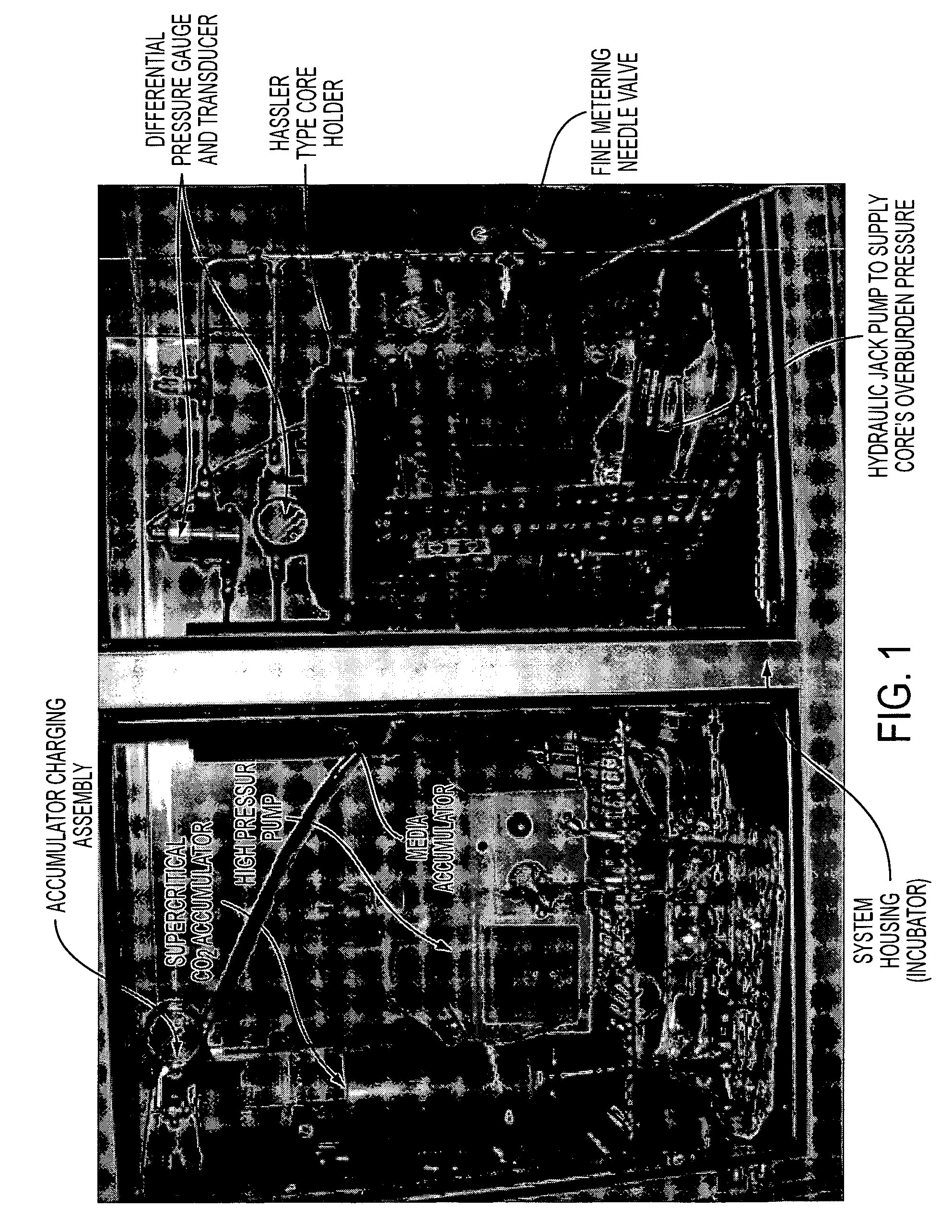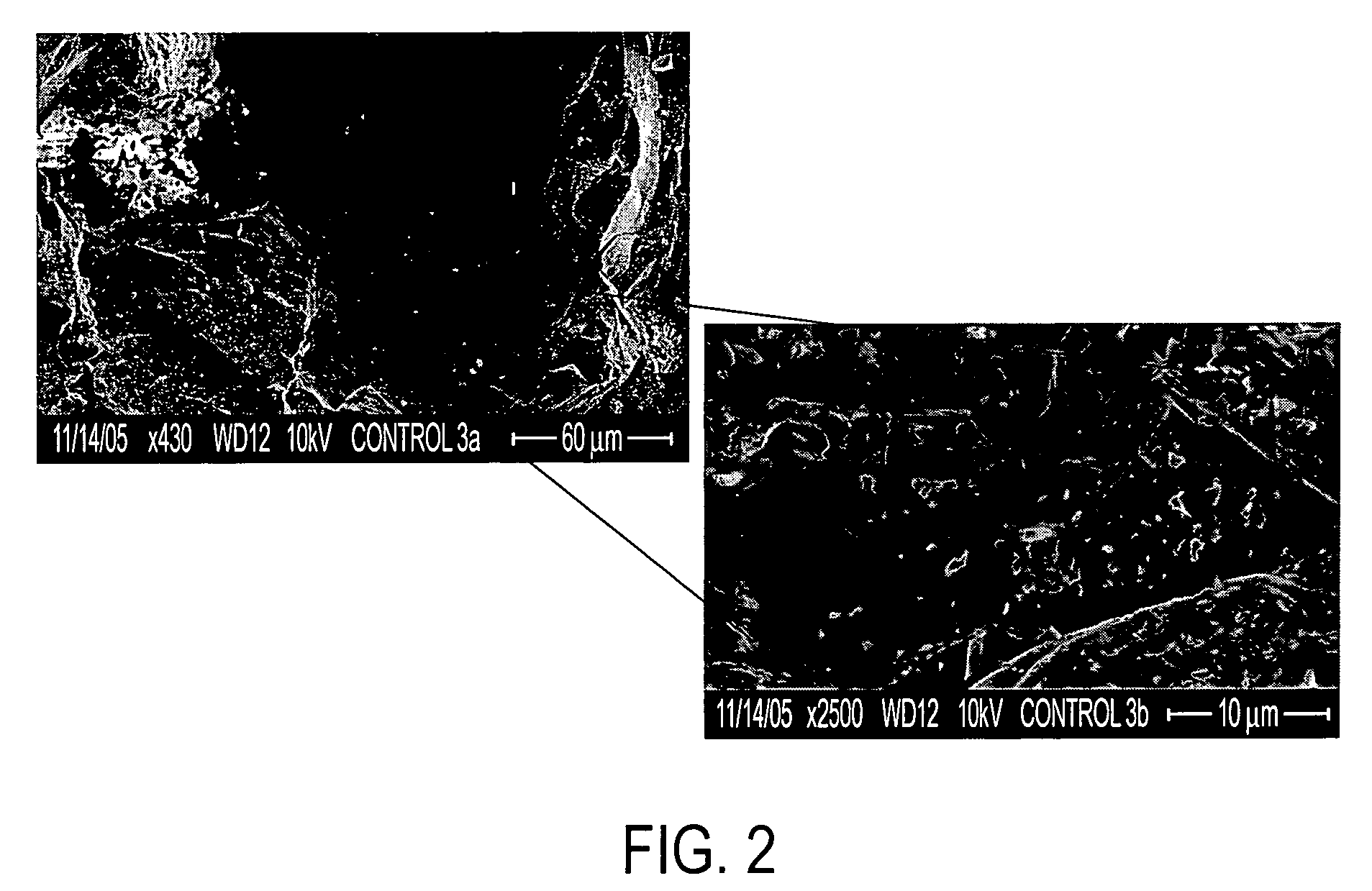Use of bacteria to prevent gas leakage
a technology of bacteria and gas leakage, applied in biological water/sewage treatment, borehole/well accessories, transportation and packaging, etc., can solve the problems of reducing the size of the scale needed to achieve a major reduction of emissions, affecting the effect of ghg and climate change, and not being able to achieve large-scale cosub>2 mitigation, and reducing the leakage of sequestered gas
- Summary
- Abstract
- Description
- Claims
- Application Information
AI Technical Summary
Benefits of technology
Problems solved by technology
Method used
Image
Examples
examples
1. Development of Mesoscale Packed Column System for Evaluating Biofilm Plugging in Porous Media Representative of Field Conditions
Methods
[0051] Microbial inocula were screened to assess their potential to form biofilm barriers under relevant temperature and salinity conditions (data not shown). A laboratory method was then developed to screen microbial cultures for acceptability in forming thick, mucoid biofilms in porous media. A bench-scale core testing system was constructed to screen various microbial inocula for their biofilm formation properties in porous media along with their growth kinetics under various temperature, salinity, and pressure drop conditions. Microbial inocula can be screened as follows: a packed bed column is inoculated with starved bacteria. After inoculation, the packed bed column is fed an appropriate growth substrate and nutrients to promote biofilm accumulation in the column. As biofilm develops, the corresponding pressure drop and flow rate across ...
PUM
| Property | Measurement | Unit |
|---|---|---|
| pressure | aaaaa | aaaaa |
| depths | aaaaa | aaaaa |
| temperatures | aaaaa | aaaaa |
Abstract
Description
Claims
Application Information
 Login to View More
Login to View More - R&D
- Intellectual Property
- Life Sciences
- Materials
- Tech Scout
- Unparalleled Data Quality
- Higher Quality Content
- 60% Fewer Hallucinations
Browse by: Latest US Patents, China's latest patents, Technical Efficacy Thesaurus, Application Domain, Technology Topic, Popular Technical Reports.
© 2025 PatSnap. All rights reserved.Legal|Privacy policy|Modern Slavery Act Transparency Statement|Sitemap|About US| Contact US: help@patsnap.com


